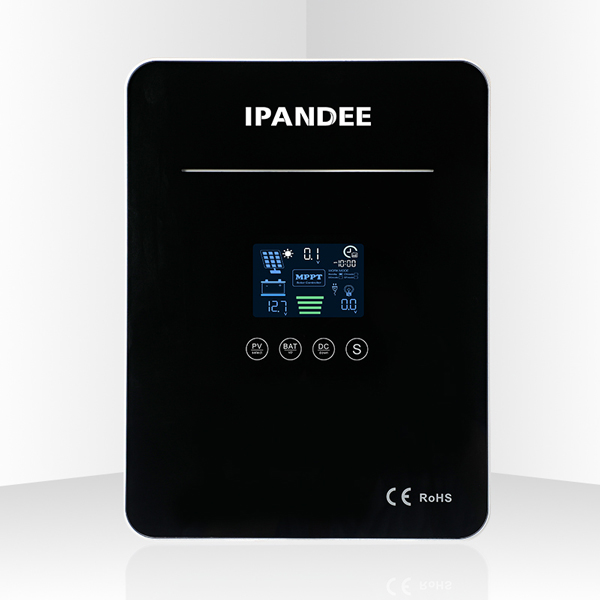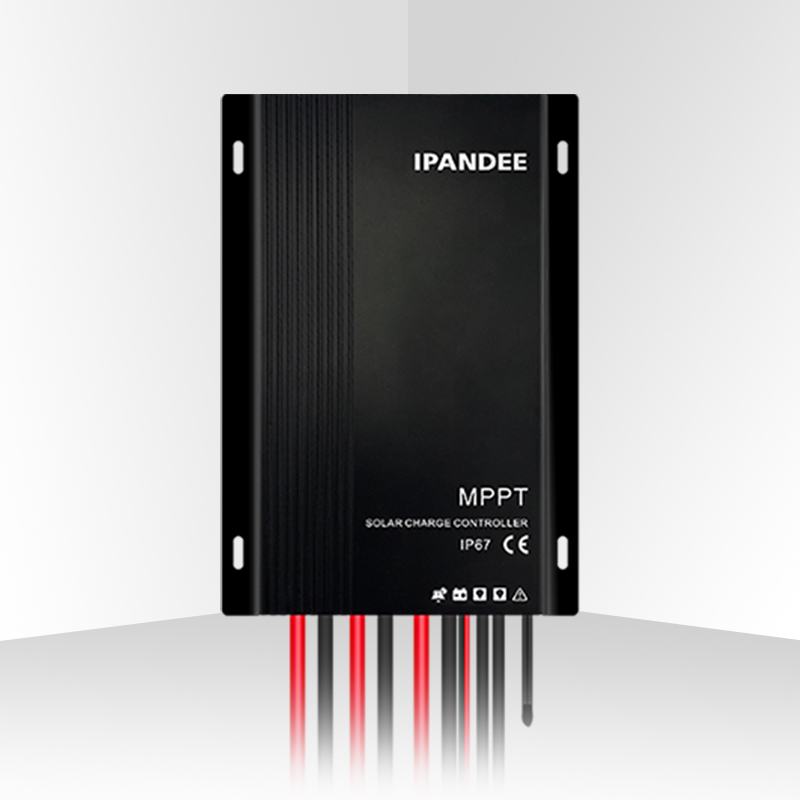Solar charge controllers are the unsung heroes of solar power systems, regulating the flow of energy from solar panels to batteries. Among the various types available, MPPT (Maximum Power Point Tracking) and PWM (Pulse Width Modulation) charge controllers are two distinct technologies that cater to different needs and efficiencies. In this blog, we'll explore the differences between MPPT and PWM controllers, shedding light on their functionalities and highlighting the advantages of MPPT technology.
Understanding PWM Charge Controllers
Pulse Width Modulation Basics
PWM charge controllers are the traditional workhorses of solar power regulation. They operate by intermittently interrupting the connection between the solar panels and the batteries. This interruption is achieved through rapid on-off cycles, controlling the voltage delivered to the batteries.
Simplicity in Design
One of the primary advantages of PWM controllers is their simplicity. They are cost-effective and easy to implement, making them a popular choice for small-scale solar applications such as RVs, small cabins, and basic off-grid setups.
Embracing MPPT Charge Controllers
Maximum Power Point Tracking Precision
MPPT charge controllers, on the other hand, take solar charge regulation to a whole new level. These controllers continuously track the maximum power point of the solar array and adjust the electrical operating point to extract the maximum possible power from the panels.
Optimizing Energy Harvest
The key advantage of MPPT technology lies in its ability to optimize energy harvest. MPPT charge controllers ensure that solar panels operate at their maximum efficiency, especially in situations where environmental conditions fluctuate, such as during partial shading or changes in sunlight intensity.
Advantages of MPPT Technology
Enhanced Energy Efficiency
The standout feature of MPPT charge controllers is their unparalleled efficiency in extracting power from solar panels. By dynamically adjusting the operating point, these controllers can significantly outperform PWM counterparts, resulting in a higher energy yield.
Adaptability to Changing Conditions
MPPT charge controllers excel in scenarios with varying weather conditions or shading issues. Unlike PWM controllers, which may struggle to adapt to changes in solar intensity, MPPT technology shines by continuously optimizing the power output, even in challenging environments.
Prolonged Battery Life
MPPT charge controllers contribute to the longevity of battery systems. By delivering the optimal voltage and current to the batteries, they prevent issues such as overcharging and overheating, ultimately extending the lifespan of the battery bank.
Versatility in System Design
For larger solar installations and grid-tied systems, MPPT charge controllers offer a more versatile solution. Their ability to handle higher voltage arrays and convert excess voltage into usable power makes them ideal for complex energy systems.
In the debate between MPPT and PWM charge controllers, the advantages of MPPT technology are clear. While PWM controllers have their place in simpler setups, MPPT charge controllers stand out as the superior choice for maximizing energy efficiency, adaptability, and overall system performance. As we witness the continued growth of solar power applications, the role of MPPT technology becomes increasingly pivotal in driving the transition towards more efficient and sustainable energy solutions.
 English
English  한국어
한국어  français
français  Deutsch
Deutsch  Español
Español  italiano
italiano  русский
русский  português
português  العربية
العربية  tiếng việt
tiếng việt  ไทย
ไทย  Polska
Polska  中文
中文







